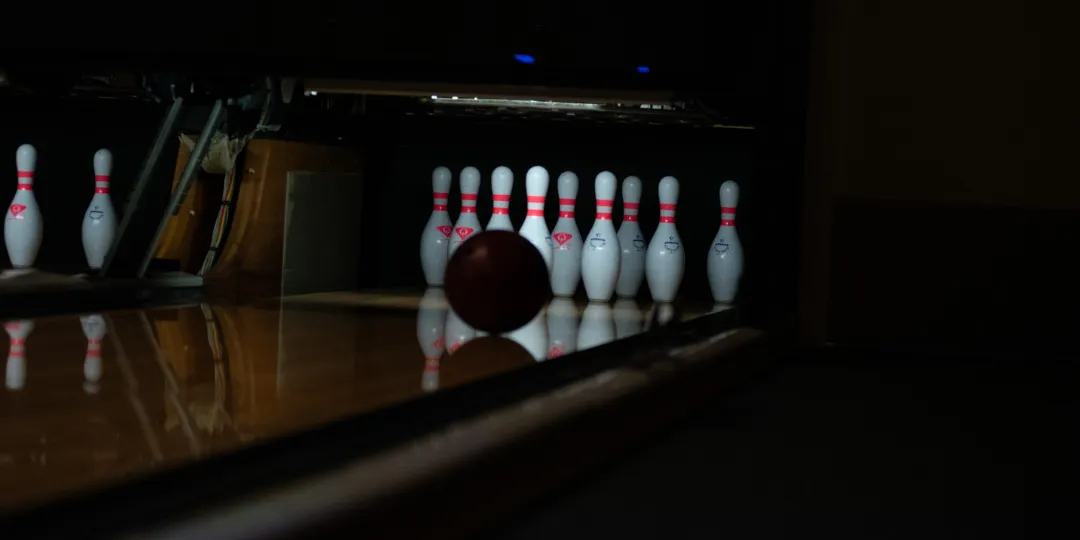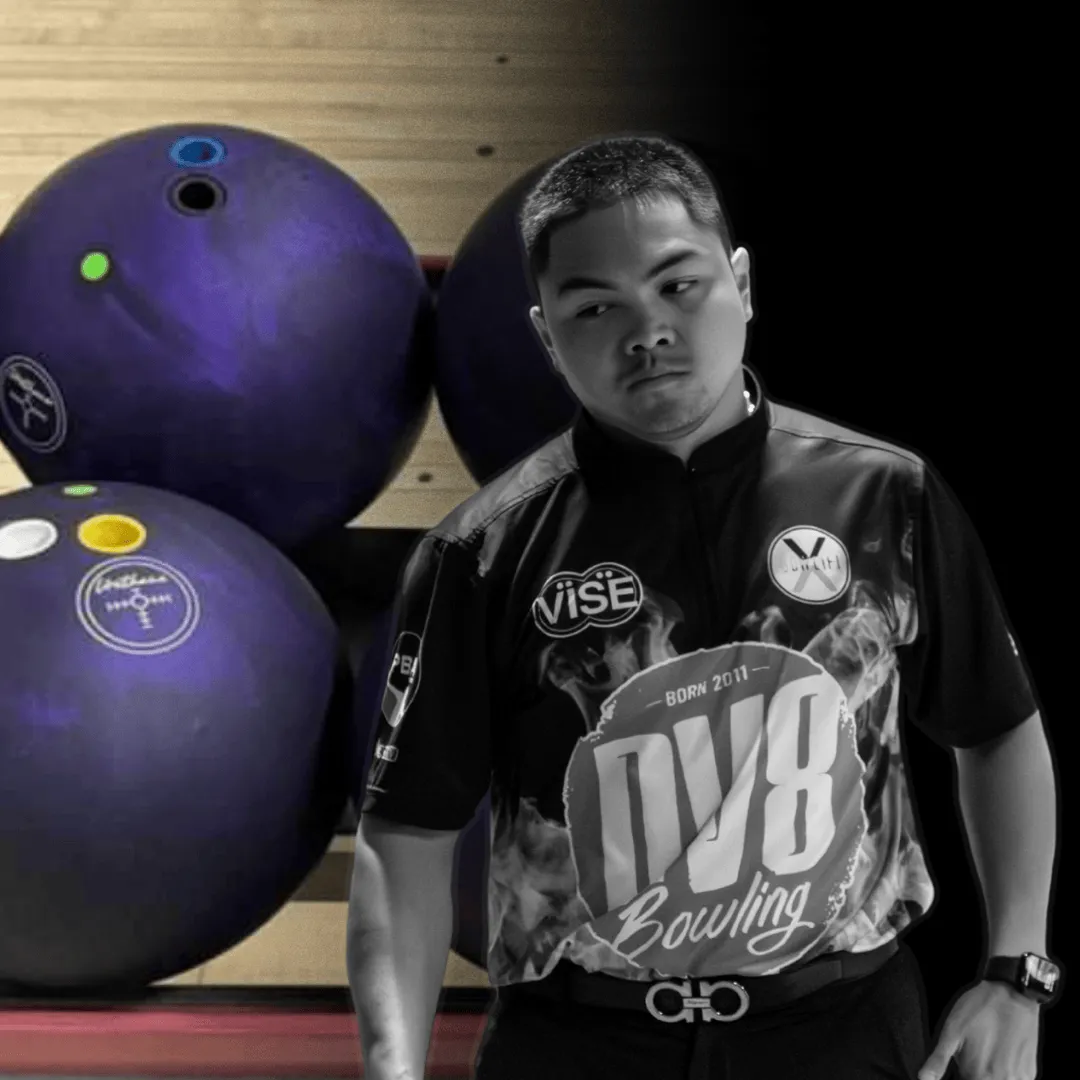The European Bowling Tour (EBT) is set for significant rule changes in 2025, designed to bring the tournament more in line with professional competitions like the PBA. According to European Bowling Federation (EBF) President Valgeir Guðbjartsson, these updates aim to improve competitiveness and address declining participation, particularly among female bowlers.
One of the most impactful changes involves the hardness of bowling balls allowed in competition. As of EBT2025, tournament organizers can enforce the 78D Hardness Rule, which mandates that no urethane and urethane-like bowling ball with a hardness level lower than 78 on the Durometer scale is allowed. This aligns with the rule already enforced by the Professional Bowlers Association (PBA) Tour.
In his comment to Erikas Jansonas from BowlingLife, Guðbjartsson explained that this move is intended to address concerns over performance gaps created by softer urethane balls.
"EBF is trying to gain back the situation that was 10-15 years ago. EBT was the steppingstone between national and smaller international tournaments in Europe to participate in the PBA. Today, that has changed, mostly due to different rules regarding which bowling balls can be used," he stated.
The hope is that by aligning EBT rules more closely with the PBA Tour, the EBF will create a more consistent path for European bowlers to advance to international competition. For now, the hardness rule remains optional for tournament organizers, but its impact will be reviewed at the end of the 2025 season.
While the new hardness rule aims to standardize equipment and restore competitive balance, the EBF is also taking steps to address a different but equally pressing issue: declining female participation. In an effort to boost female participation, EBT organizers will now have the flexibility to assign handicap points to women ranging from 8, 12, or 16 pins per game. This is designed to address the steep decline in women’s participation in EBT events over the past several years.
"The participation of women has been going down very rapidly over the last 2-4 years, particularly post-COVID," Guðbjartsson explained. "There has been pressure from organizers to offer women a higher handicap to get them back into the game."
A decade ago, many EBT events boasted around 50 female participants. Now, some events are lucky to see 15 women competing. The increasing use of high-revolution, two-handed techniques by male bowlers has created a disparity in performance, which the handicap system aims to address.
Regarding top-tier female athletes, Guðbjartsson acknowledged potential criticism: "Anyone claiming that Daria [Pająk] or Verity [Crawley] do not need handicap... Well, against all the young male athletes playing with two hands with the revs and power, is simply wrong! On top of that, if we were seeing more of the women from Europe that are playing full-time on the PWBA participating in EBT, we would be very happy, but that is not happening every year!"
The EBF president also mentioned his curiosity about how many organizers will opt to offer higher handicaps than 8 pins per game. While it remains to be seen how effective this rule will be, it represents a concrete effort by the EBF to encourage more women to participate in EBT events.
The changes to EBT2025 reflect a concerted effort by the EBF to address both competitiveness and inclusivity in European bowling. Stricter regulations on ball hardness, and flexible handicap points for women are all intended to level the playing field and encourage wider participation.




